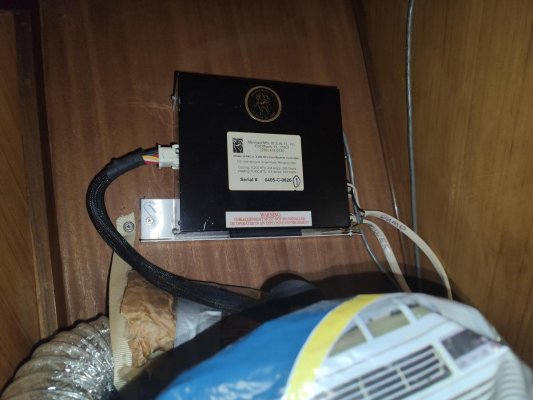rgano
Guru
- Joined
- Oct 8, 2007
- Messages
- 5,143
- Location
- Panama City area
- Vessel Name
- FROLIC
- Vessel Make
- Mainship 30 Pilot II since 2015. GB-42 1986-2015. Former Unlimited Tonnage Master
I did not see any strain relief on the cords hanging down from the pedestal plugs.
Be careful about securing seacocks in freezing weather because if water in them freezes the ice has less options for places to expand to.
I have yet to see what heaters you are using - please don't say they are exposed element types, also known as Bic lighters. Unless you are living aboard, all you want to do is keep the air temp above freezing. Fans draw a lot less amperage than a heater and can assist in the distribution of the warmed air.
What purpose is served by running the water heater? Unless it is in a place not accessible to the heated air in the boat, I would not run it. If remote, it would be better to drain it.
Have you considered thermostatic plugs for your heaters, only one per heater, like this: https://tinyurl.com/ms4rptsk
Be careful about securing seacocks in freezing weather because if water in them freezes the ice has less options for places to expand to.
I have yet to see what heaters you are using - please don't say they are exposed element types, also known as Bic lighters. Unless you are living aboard, all you want to do is keep the air temp above freezing. Fans draw a lot less amperage than a heater and can assist in the distribution of the warmed air.
What purpose is served by running the water heater? Unless it is in a place not accessible to the heated air in the boat, I would not run it. If remote, it would be better to drain it.
Have you considered thermostatic plugs for your heaters, only one per heater, like this: https://tinyurl.com/ms4rptsk

